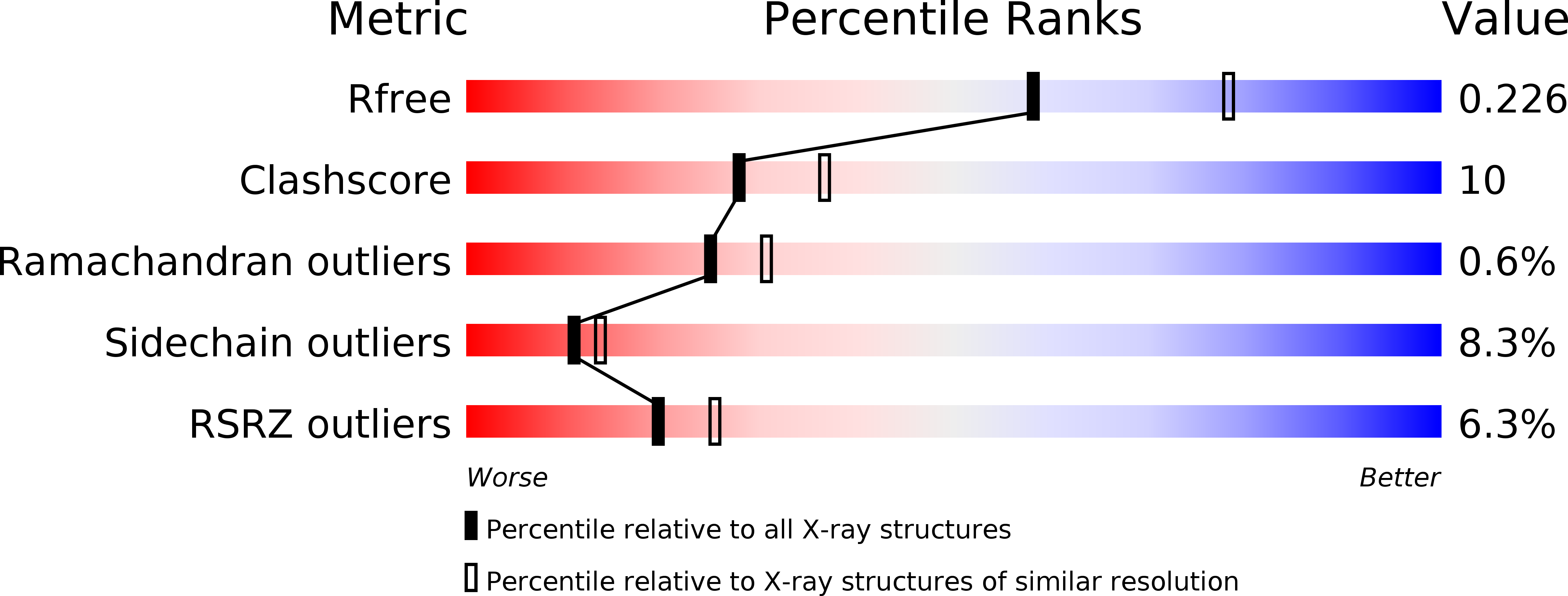
Deposition Date
2011-08-03
Release Date
2012-07-18
Last Version Date
2023-11-01
Entry Detail
PDB ID:
3T9K
Keywords:
Title:
Crystal Structure of ACAP1 C-portion mutant S554D fused with integrin beta1 peptide
Biological Source:
Source Organism:
Homo sapiens (Taxon ID: 9606)
Host Organism:
Method Details:
Experimental Method:
Resolution:
2.30 Å
R-Value Free:
0.22
R-Value Work:
0.18
R-Value Observed:
0.19
Space Group:
P 21 21 2


